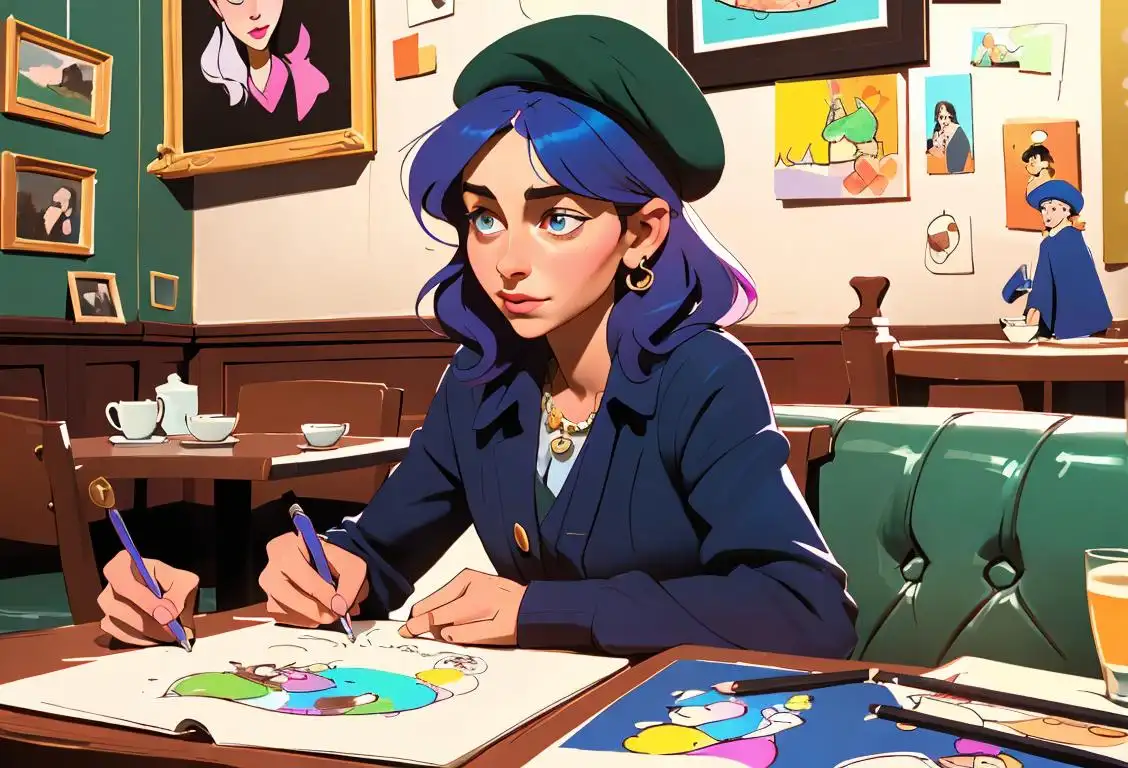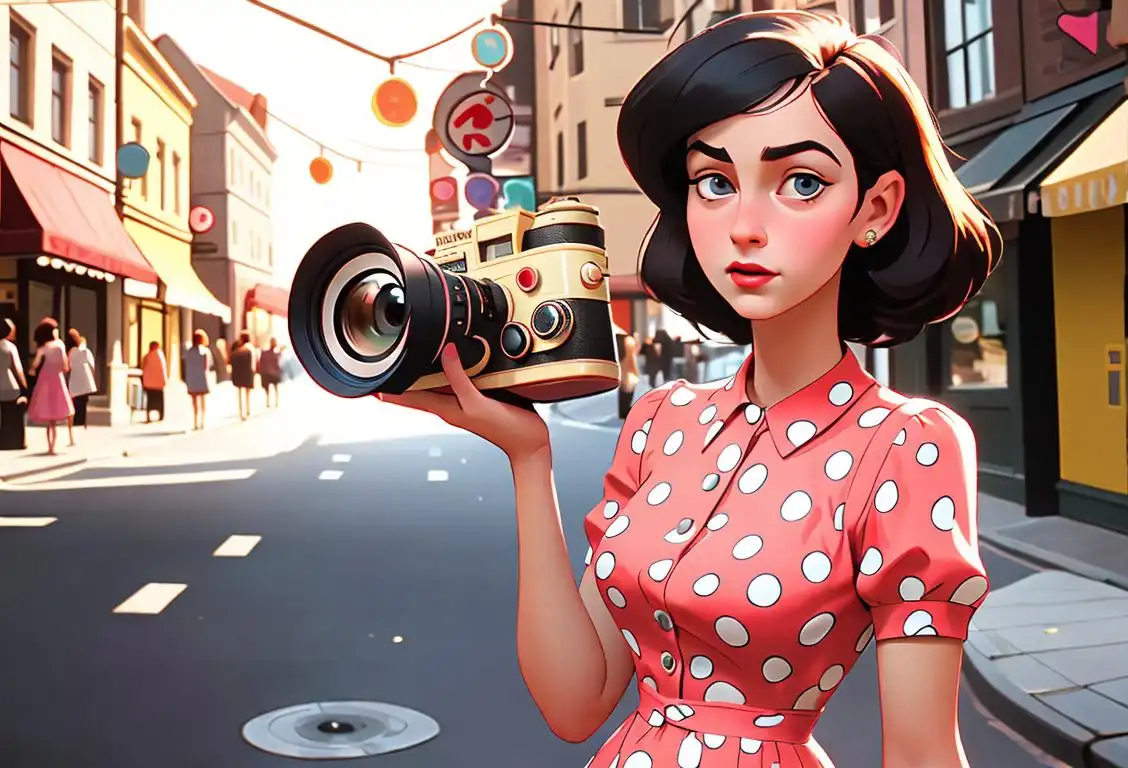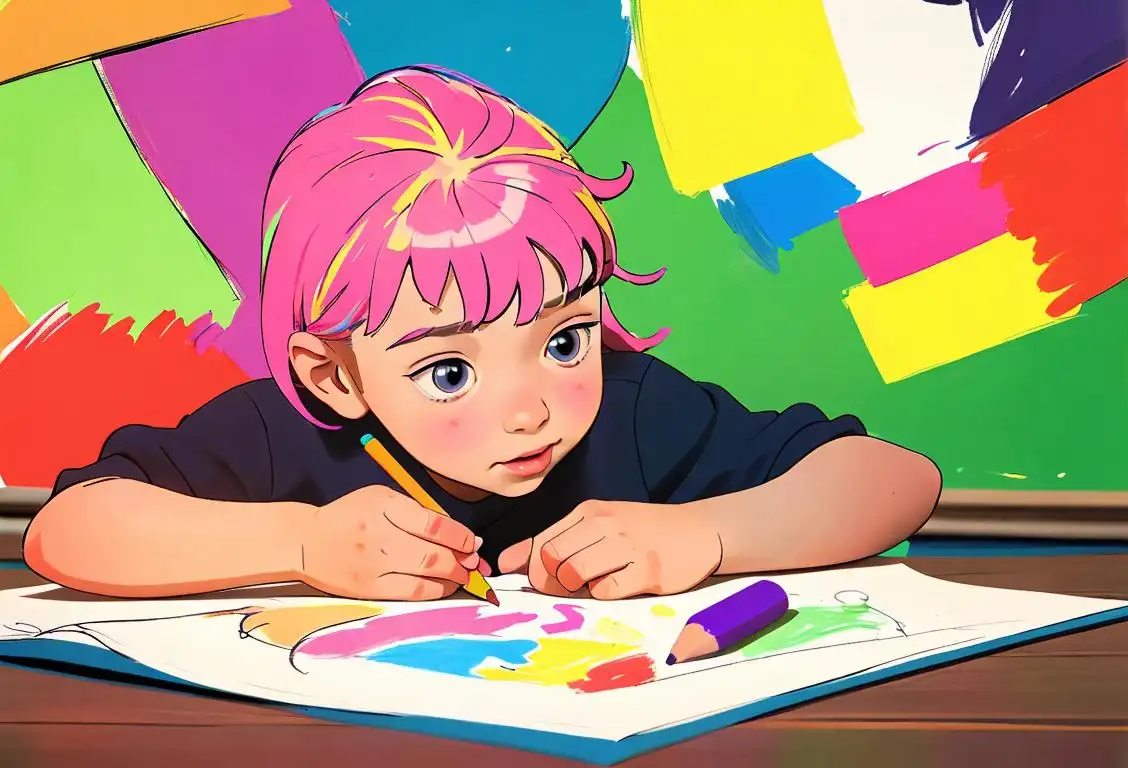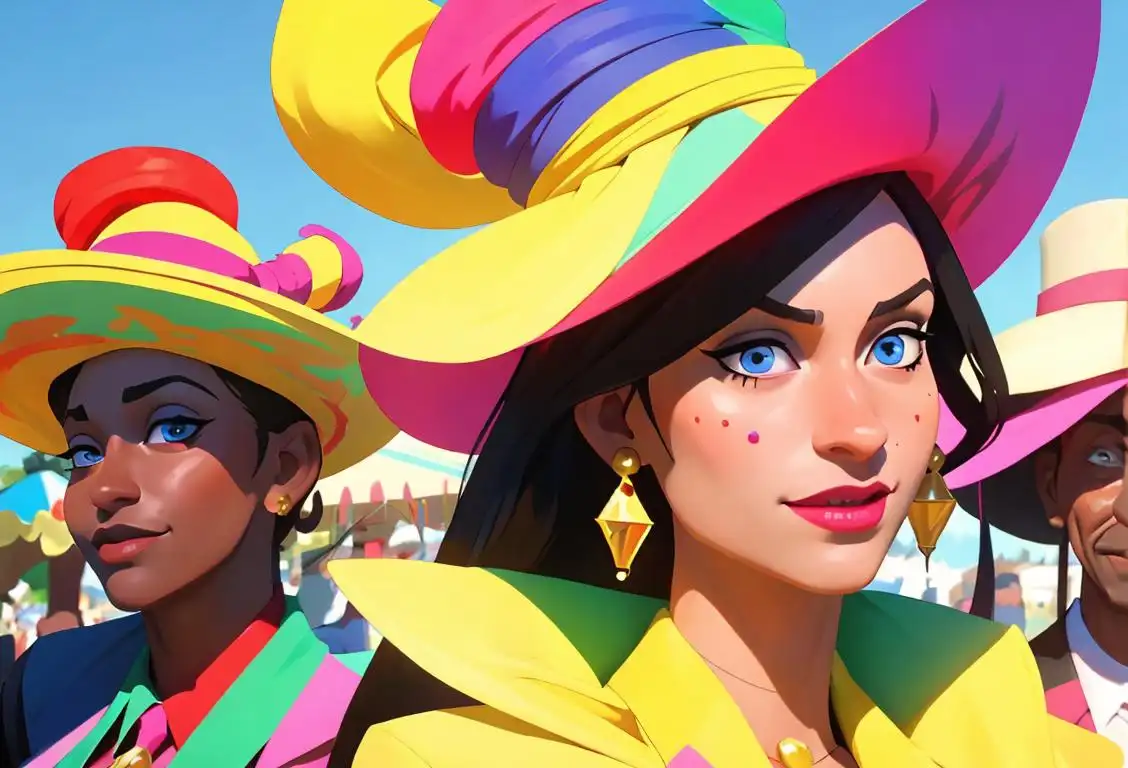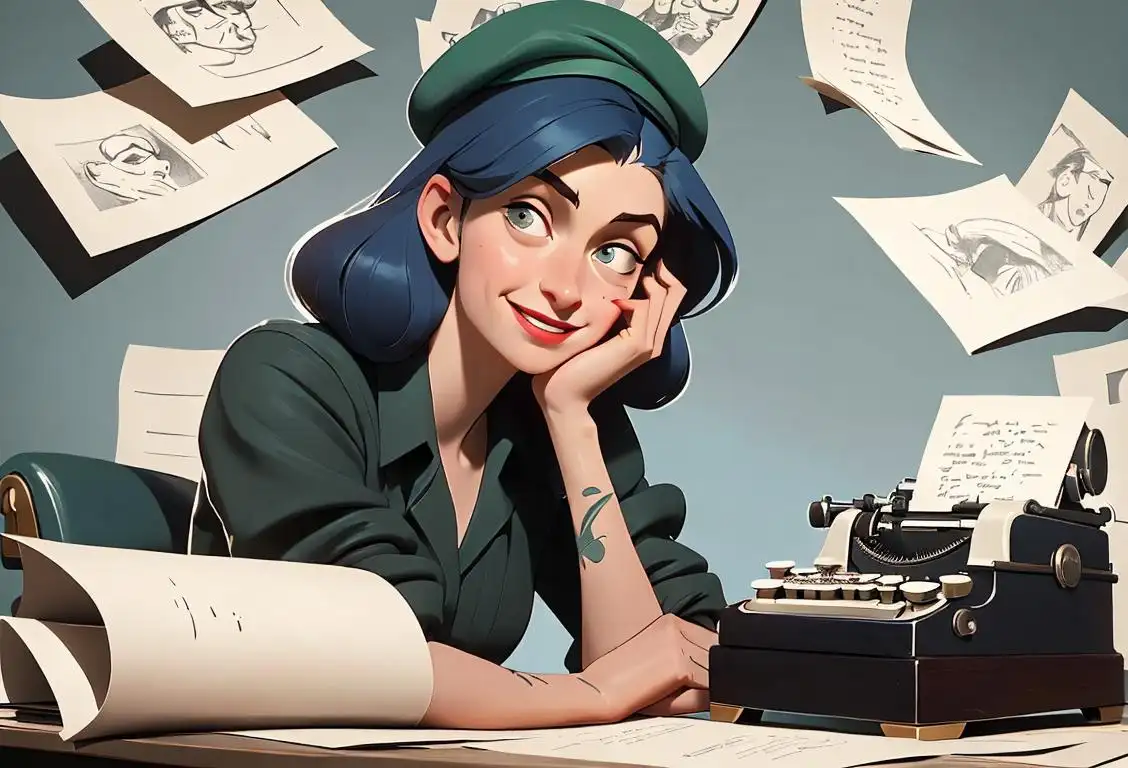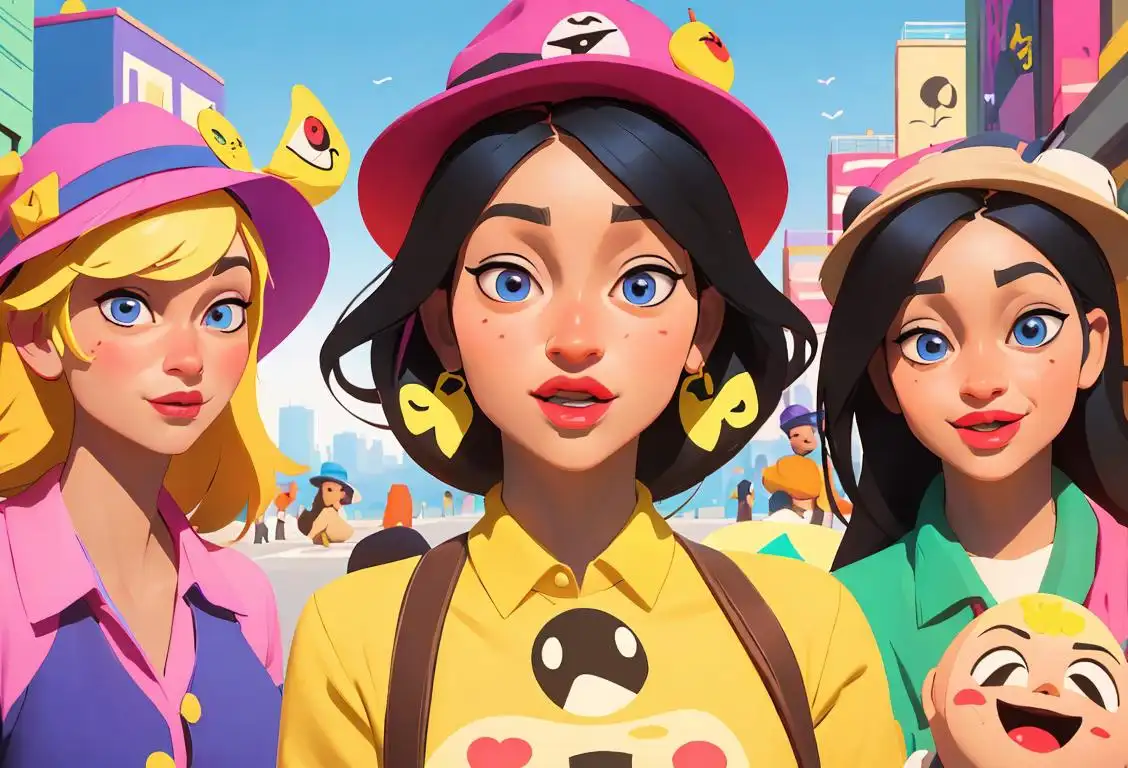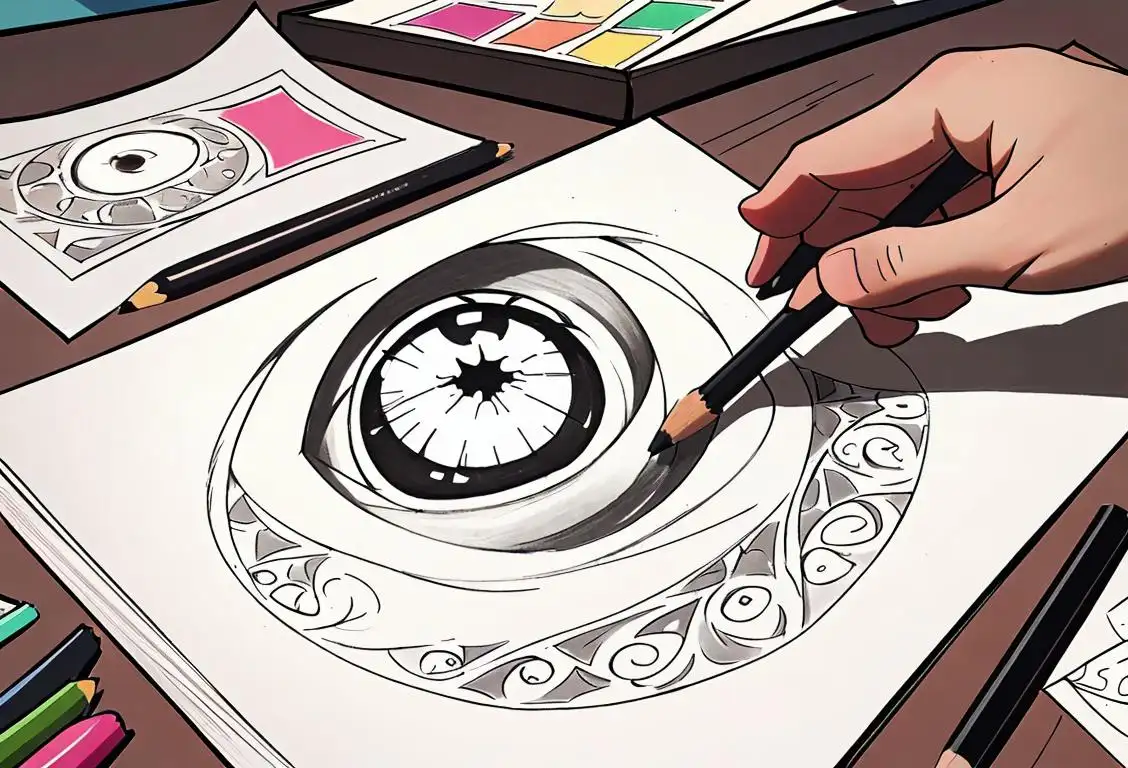National Stitch Day
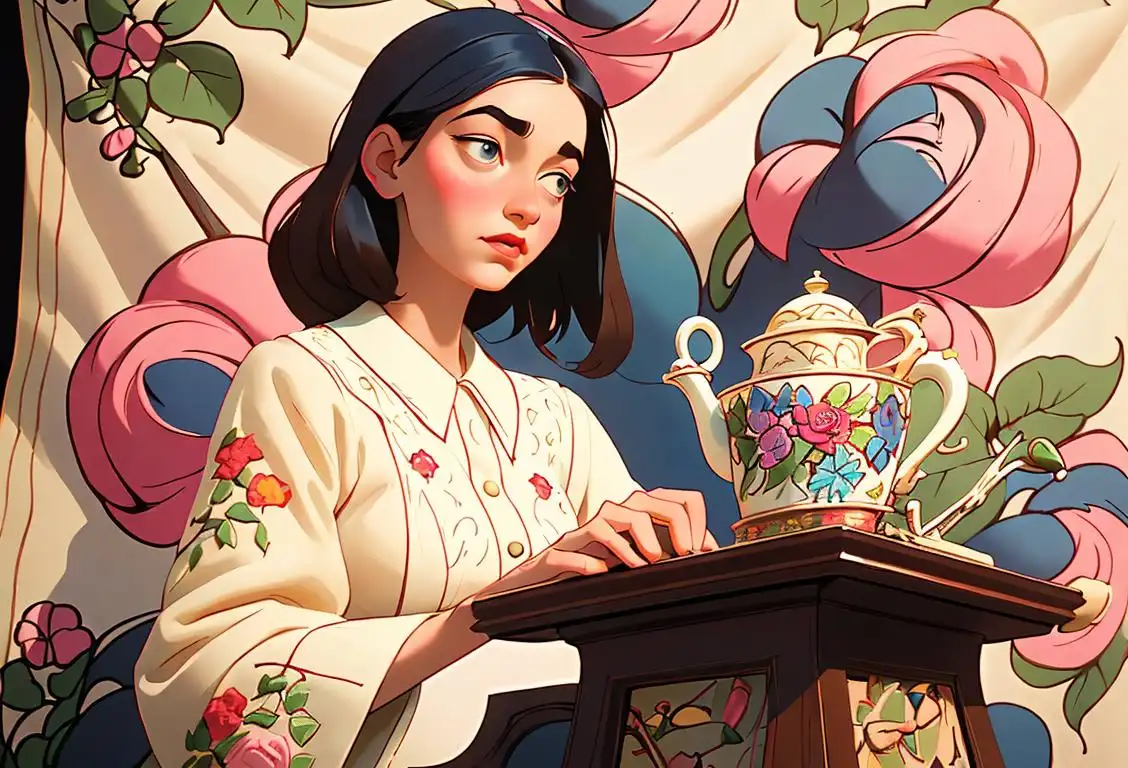
Welcome, dear readers, to the whimsical world of National Stitch Day! Prepare to be swept away by the enchanting art of needle and thread.
When is Stitch Day?
It's national stitch day on the 26th June.
The Origin of National Stitch Day
Every craftsman needs a day to celebrate their passion, and National Stitch Day is precisely that for the embroidery enthusiasts among us. This delightful day is a tribute to all things needlework – from embroidery and cross-stitch to sewing and tapestry.
The exact origins of National Stitch Day remain a bit of a mystery, like the lost socks that vanish in the laundry. However, we do know that the art of needlework dates back thousands of years, with evidence of intricate stitching found as far back as ancient Egypt and China.
In recent years, the internet has played a significant role in the resurgence of stitching as a popular hobby. Online communities dedicated to needlework have flourished, bringing together stitchers from around the globe to share patterns, tips, and their latest creations. It's a virtual needlework paradise!
How to Celebrate National Stitch Day
On this marvelous occasion, we encourage you to embrace your inner seamstress or seamster and engage in some stitching shenanigans. Whether you're a seasoned stitcher or a curious beginner, there's something for everyone!
Grab your embroidery hoop, thread your needle, and let your creativity soar. Create intricate designs, personalize garments with monograms, or simply repair that pesky hole in your favorite sweater. The possibilities are endless!
If you're new to the world of stitching, fear not! There are countless tutorials and resources available online to guide you through the process. You'll be a stitching whiz in no time!
Did You Know?
Did you know that embroidery has come a long way since its ancient origins? While cross-stitch and traditional hand embroidery remain popular, modern stitchers have embraced innovative techniques like machine embroidery and even 3D stitching. The world of stitching is constantly evolving, just like a skillfully threaded needle!
History behind the term 'Stitch'
1350
The Origin
The term 'stitch' originated as a verb in Middle English around the year 1350. It derived from the Old English word 'stiðian', meaning to stitch or sew. Stitching was an important skill in medieval times as it allowed people to repair their clothes and create new garments.
500 BCE
Ancient Beginnings
The origins of the term 'stitch' can be traced back to around 500 BCE. In ancient times, people used various methods to sew or join pieces of fabric together. One popular technique involved using a needle and thread to create small loops or knots, which formed the basis of stitches. While the term 'stitch' may not have been used in its modern sense during this time, the concept of stitching was already present in early civilizations.
3000 BCE
Early Origins
The term stitch has its roots in ancient times, with evidence of its usage dating back to around 3000 BCE. In early civilizations, stitching was an essential skill for clothing production and repair. People used various materials and techniques, such as animal sinew and bone needles, to create simple stitches.
1300 BCE
Egyptian Mastery
During the reign of the pharaohs in ancient Egypt around 1300 BCE, stitching reached new heights of artistic expression. Egyptians developed sophisticated embroidery techniques, using golden threads and elaborate stitches to adorn clothing and textiles. Their mastery of stitching became renowned throughout the ancient world.
14th Century CE
Middle English Adoption
During the 14th century, the term 'stitch' started to emerge in Middle English. It came from the Old English word 'sticca,' which referred to a stab or thrust. As sewing and embroidery became more prevalent, the term 'stitch' began to be used to describe the individual actions of passing a needle and thread through fabric to create a stitch. This marked the shift from a general concept of sewing to a specific term for an individual unit of sewing.
1400
Embroidery and Needlework
By the early 15th century, the term 'stitch' was also used to describe decorative sewing techniques, such as embroidery and needlework. Skilled artisans used various stitching methods to create intricate designs on fabrics, adding beauty and value to attire and household items.
19th Century CE
Industrial Revolution Impact
The Industrial Revolution, which began in the late 18th century, brought significant changes to the textile industry. The introduction of sewing machines revolutionized the speed and efficiency of stitching. As the manufacturing of clothing and textiles became more mechanized, the term 'stitch' gained further popularity and recognition. It became a key term in the vocabulary of textile workers and consumers alike, solidifying its place in the world of sewing.
13th Century CE
The Rise of Tailoring
In the 13th century CE, stitching took on a vital role in the emerging craft of tailoring. As clothing styles became more fitted and complex, skilled tailors used various stitches to shape and construct garments with precision and elegance. The art of stitching became synonymous with tailoring, emphasizing the importance of precise and durable sewing techniques.
1785
The Hand Sewing Machine
The industrial revolution brought significant advancements in textile production. In 1785, Charles Raymond patented the first known mechanical device for stitching. Known as the hand sewing machine, it simplified the stitching process and increased productivity, making stitching more accessible to the general population.
20th Century CE
Expanding Metaphorical Usage
In the 20th century, the term 'stitch' started to be used metaphorically in various contexts. One common usage is the expression 'a stitch in time saves nine,' which emphasizes the importance of addressing issues promptly to prevent larger problems in the future. Additionally, the word 'stitch' became associated with medical procedures, such as stitches used to close wounds. This expanded usage further solidified the term's place in everyday language.
1846
Invention of the Sewing Machine
The year 1846 marked a significant milestone in the history of stitching with the invention of the sewing machine by Elias Howe. This revolutionary device greatly accelerated the sewing process, leading to mass production of clothing and textiles. It not only transformed the fashion industry but also made stitching more accessible to people from diverse backgrounds.
1846
The Lockstitch Sewing Machine
Elias Howe's invention of the lockstitch sewing machine in 1846 revolutionized the textile industry. The lockstitch was a significant improvement over the hand sewing machine, as it created a strong and secure stitch by interlocking the upper and lower threads. This innovation paved the way for mass production of garments and led to the rise of the clothing industry.
Present Day
Continued Relevance
In modern times, the term 'stitch' remains an integral part of sewing and textile-related industries. From hand-sewing to machine stitching, the concept of creating individual stitches is essential for constructing garments, accessories, and other fabric-based products. Moreover, the metaphorical uses of 'stitch' continue to be widely recognized and employed in various contexts. It is fascinating to see how this ancient technique has evolved and become an enduring part of our language and culture.
1880s
Medical Applications
In the 1880s, stitching became crucial in the field of medicine. Surgeons started using the term 'stitch' to refer to the act of sewing or suturing wounds. With the development of sterilization techniques, stitching became an integral part of surgical procedures, aiding in wound closure and healing. The term 'stitch' took on additional connotations in the medical realm, signifying a lifesaving intervention.
1970
Cross-Stitching and Counted Thread Embroidery
In the 1970s, cross-stitching gained popularity as a hobby and artistic expression. Cross-stitching involves creating patterns by making X-shaped stitches on fabric. The art form allowed individuals to create intricate designs and images with colorful threads. Counted thread embroidery, another technique using various stitching methods, also gained recognition during this era.
Present
Modern Stitching Techniques
In the present day, stitching techniques have further evolved with the introduction of modern technologies. Sewing machines have become more advanced, capable of intricate designs, automatic stitching, and computerized controls. Additionally, new forms of stitching, such as machine embroidery and 3D printing, have emerged, blending traditional techniques with cutting-edge innovation.
20th Century
Figurative Usage
Throughout the 20th century, the term 'stitch' gained figurative usage beyond its literal sewing and medical contexts. It began to be used in idiomatic expressions like 'a stitch in time saves nine,' emphasizing the importance of addressing issues promptly. 'Stitch' also found its way into popular culture, with the famous Disney character Stitch from the movie 'Lilo & Stitch' becoming a recognizable reference.
Did you know?
Did you know that embroidery has come a long way since its ancient origins? While cross-stitch and traditional hand embroidery remain popular, modern stitchers have embraced innovative techniques like machine embroidery and even 3D stitching. The world of stitching is constantly evolving, just like a skillfully threaded needle!Tagged
fun creativity craftsFirst identified
26th June 2015Most mentioned on
26th June 2015Total mentions
4Other days
Stitch Day
Doodle Day
Camera Day
Crayon Day
Name Yourself Day
Limerick Day
Coloring Book Day
Emoji Day
Goth Day
Drawing Day
